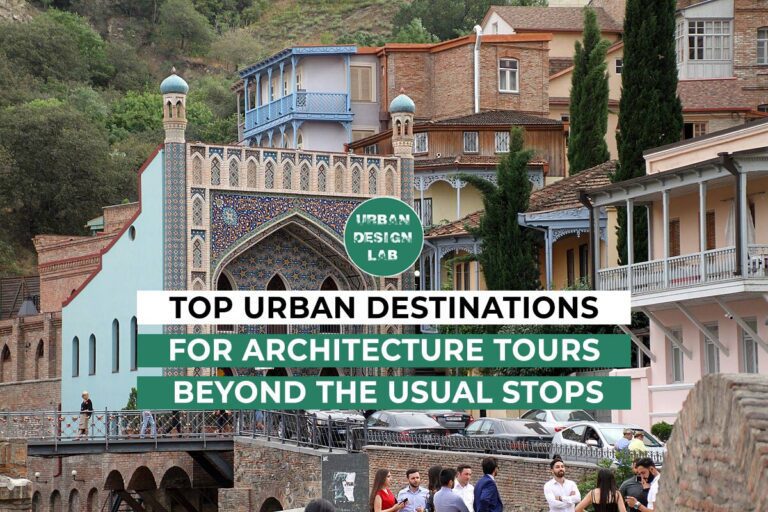
Can Small Urban Changes Really Make a Big Difference?
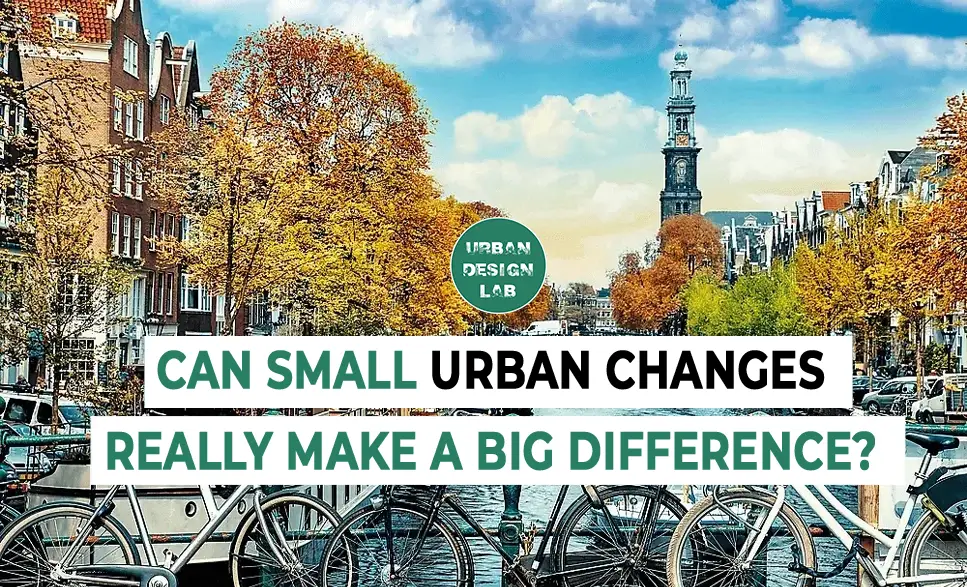
Often, the most significant transformations in cities occur not through grand, sweeping projects, but rather through a series of smaller, often overlooked changes. These minor urban interventions can have a profound impact on the quality of life, economic vitality, and overall sustainability of a community. By focusing on some principles that we are going to mention in this article, cities can achieve significant improvements without breaking the bank. Small steps can lead to big transformations.
Case Study 1: Copenhagen's Bicycle Revolution
Copenhagen, Denmark, is a prime example of how small changes can yield monumental results. In the 1970s, the city faced increasing traffic congestion and pollution. Instead of investing heavily in new roads or public transportation, Copenhagen opted for a more innovative approach: promoting cycling.
- Safe Cycling Infrastructure: The city began by creating a network of dedicated bike lanes, separated from car traffic.
- Bicycle Parking: Ample and secure bicycle parking facilities were provided near major destinations.
- Cycling Culture: Campaigns were launched to encourage cycling as a mode of transportation, emphasizing its health benefits and environmental advantages.
These seemingly minor changes had a dramatic impact. Copenhagen became a global model for sustainable urban living, with a large portion of the population commuting by bike. This shift reduced traffic congestion, improved air quality, and promoted a healthier lifestyle among residents. If you’re settling in the Netherlands, you have probably noticed that bicycles are the most common mode of transport. Especially when you live in a city, it’s the fastest way to move around. Besides, using a bicycle for your daily needs is a fun experience and it’s free!
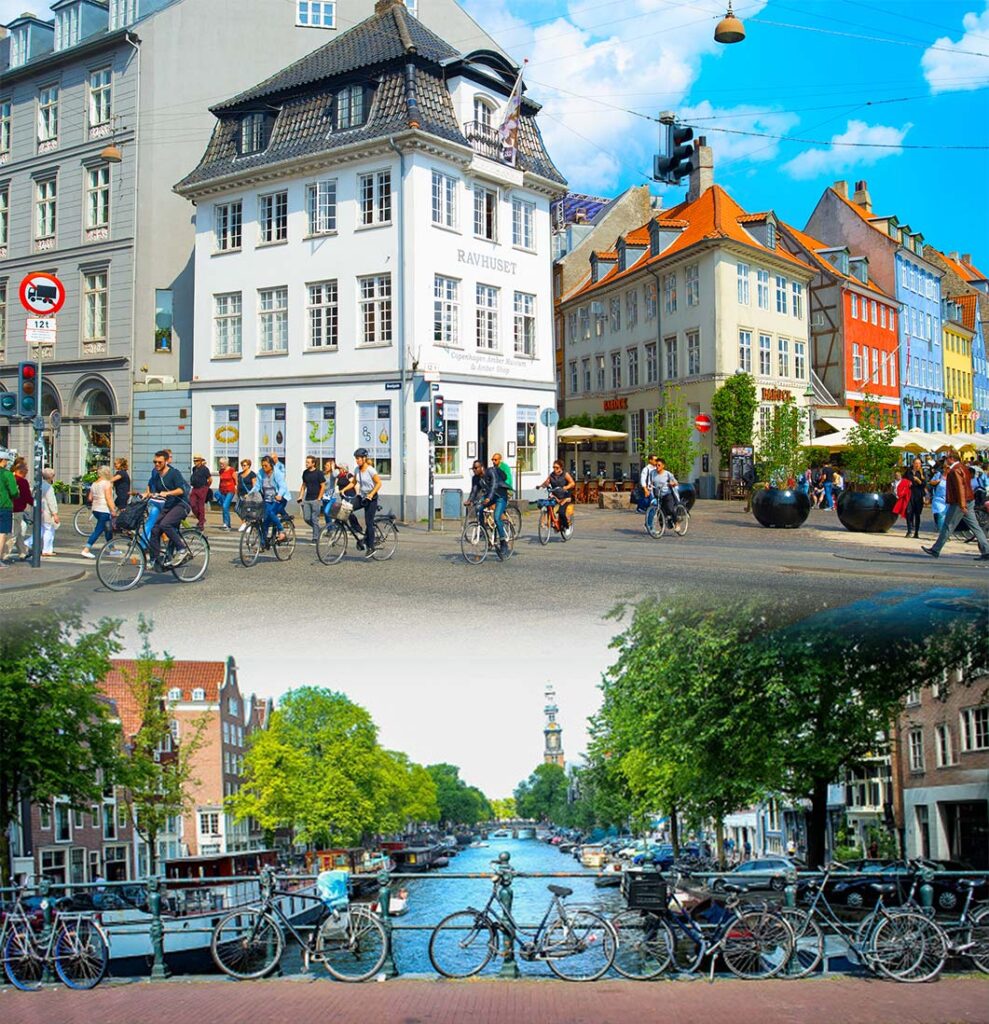
Case Study 2: Portland, Oregon's Pedestrian-Friendly Initiative
Portland is renowned for its commitment to pedestrian safety and walkability. The city has implemented a series of measures to create a more pedestrian-friendly environment, transforming it into a model for urban design.
Key Initiatives:
- Traffic Calming: Portland has introduced a variety of traffic-calming measures, such as narrower streets, speed bumps, and raised crosswalks, to slow down traffic and make it safer for pedestrians.
- Complete Streets: The city has adopted a “complete streets” approach, designing streets to accommodate pedestrians, cyclists, motorists, and other pedestrian-friendly features.
- Public Realm Improvements: Portland has invested in improving its public realm, including widening sidewalks, adding street furniture, and enhancing public spaces. This makes walking more enjoyable and inviting.
Impact of the Initiative:
- Increased Pedestrian Activity: Portland’s pedestrian-friendly measures have led to a significant increase in walking as a mode of transportation.
- Improved Public Health: Studies have shown that increased pedestrian activity is linked to lower rates of obesity, heart disease, and other chronic illnesses.
- Economic Benefits: A pedestrian-friendly city is more attractive to residents, businesses, and tourists. This can lead to economic growth and job creation.
- Environmental Benefits: Walking is a low-carbon mode of transportation, contributing to reduced greenhouse gas emissions and improved air quality.
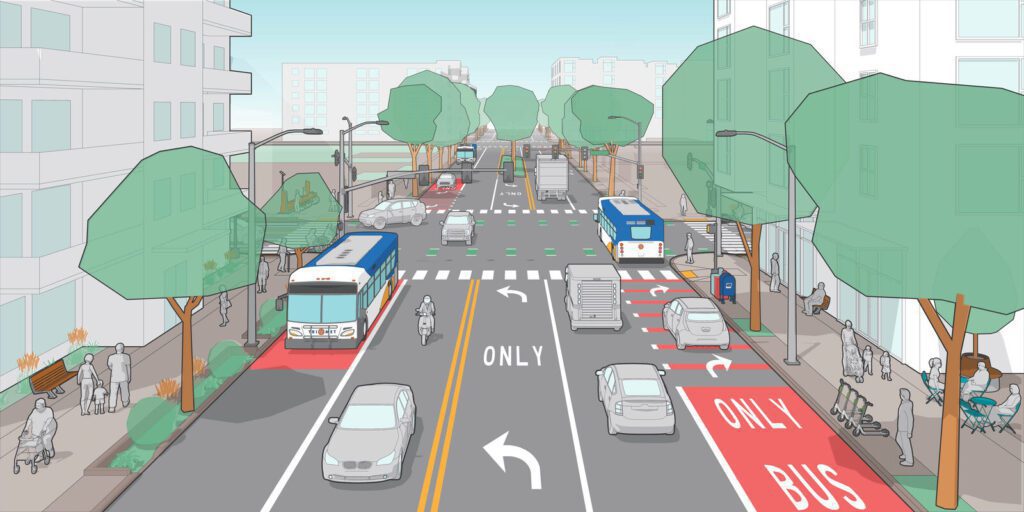
Source: Website Link
Case Study 3: Copenhagen's Urban Farming Movement
Since the early 2000s, Copenhagen’s urban farming movement has grown significantly.
Key Aspects of Copenhagen’s Urban Farming Movement:
- Community Gardens: Copenhagen boasts numerous community gardens, where residents come together to cultivate vegetables, fruits, and herbs. These gardens provide opportunities for social interaction, education, and access to fresh, healthy food.
- Rooftop Farms: Many buildings in Copenhagen feature rooftop farms, utilizing underutilized space for agricultural production. These farms offer a unique solution for urban food production, providing fresh produce and improving the city’s green infrastructure.
- Urban Agriculture Initiatives: The city has supported various urban agriculture initiatives, including hydroponic and aquaponic systems. These innovative methods allow for year-round food production in limited spaces, reducing the need for transportation and preserving resources.
Benefits of Copenhagen’s Urban Farming Movement:
- Food Security: Ensure a local food supply and reducing reliance on imported food
- Community Building: Community gardens and other urban farming initiatives foster a sense of community.
- Environmental Sustainability: Urban farming practices can contribute to environmental sustainability by reducing food miles, conserving water, and improving soil health.
- Education and Awareness: The movement has raised awareness about sustainable food production and encouraged residents to adopt healthier eating habits.
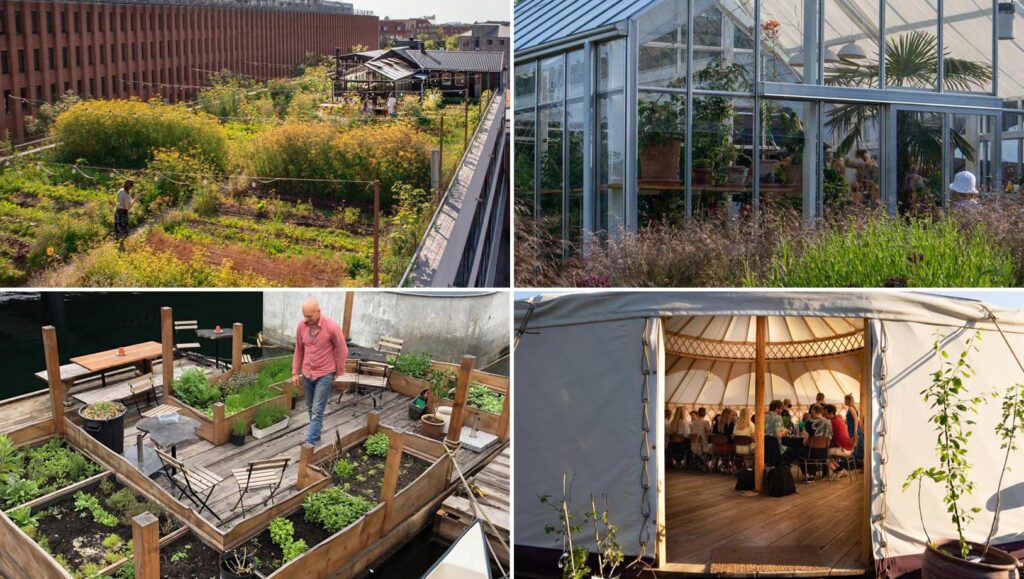
Case Study 4: New York City's Bus Rapid Transit System
The Bus Rapid Transit (BRT) system in New York City, specifically Select Bus Service (SBS), was launched in stages starting in 2007. The initial SBS routes were introduced gradually, with additional routes being added over the years.
Key Features of SBS:
- Dedicated Bus Lanes: Operate in dedicated lanes, separate from general traffic, reducing travel times and improving reliability.
- Priority Signalization: Prioritize at traffic signals, further reducing travel times and improving efficiency.
- Real-Time Information: SBS stops are equipped with real-time information displays, providing passengers with accurate arrival times and route information.
- Enhanced Amenities: SBS buses feature amenities such as Wi-Fi, USB charging ports, and air conditioning, improving the passenger experience.
Impact of SBS:
- Reduced Travel Times: Making it a more attractive option for those who rely on public transportation.
- Increased Ridership: And this leads to reducing traffic congestion and improving air quality.
- Economic Benefits: SBS has stimulated economic development along its routes, attracting businesses and creating jobs.
- Improved Accessibility: The system’s features, such as level boarding and real-time information, have made public transportation more accessible to a wider range of people, including those with disabilities.
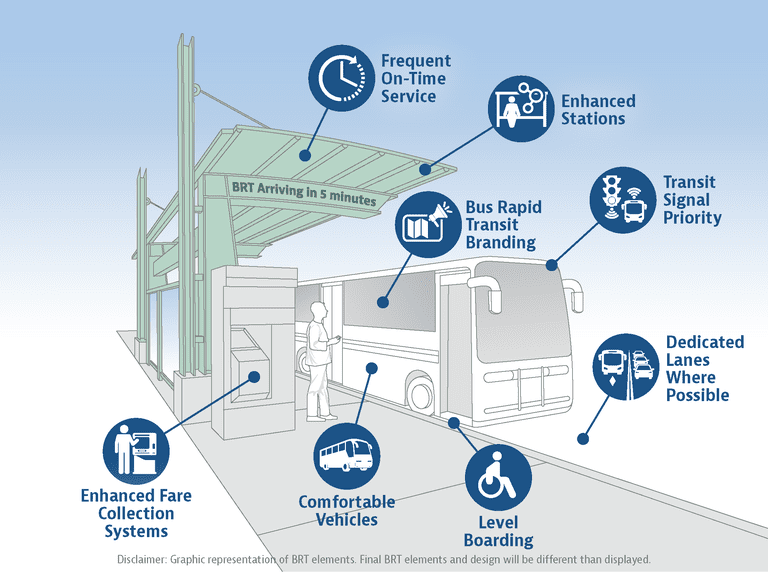
Case Study 5: Medellin, Colombia's Cable Car System
Medellin, Colombia, once plagued by high crime and social inequality, has experienced a significant transformation in recent years, thanks to the construction of a cable car system linking low-income neighborhoods to the city center.
The Cable Car System
Metrocable, a cable car system introduced in 2004, is part of the city’s urban development plan. It connects different neighborhoods to the existing metro system, offering a scenic and efficient way to travel, especially for residents in hilly areas that are difficult to reach by other means of transportation.
Impact of the Cable Car System
- Improved Accessibility: Easier for residents of previously marginalized neighborhoods to access essential services, such as education, healthcare, and employment opportunities.
- Economic Development: The system has spurred economic development in the areas it serves, attracting businesses and investment.
- Social Inclusion: By connecting different parts of the city, the cable car system has helped to bridge social divides and promote inclusion.
- Tourism: It becomes a popular tourist attraction, contributing to the city’s economic growth.
- Urban Regeneration: The system has played a role in the revitalization of Medellin’s urban fabric, improving the quality of life for residents and enhancing the city’s overall appeal.

More ways of Minor Urban Changes
- Green Infrastructure: Planting trees, creating green roofs, and installing rain gardens can help mitigate urban heat island effects, improve air quality, and enhance biodiversity.
- Shared Spaces: Converting underutilized areas into shared spaces for community gatherings, markets, or recreational activities can foster a sense of belonging and promote social interaction.
- Public Art: Incorporating public art into urban spaces can enhance the aesthetic appeal of cities, stimulate creativity, and attract visitors.
- Improved Street Lighting: Enhancing street lighting can improve safety, reduce crime rates, and create a more welcoming atmosphere.
By focusing on these principles, cities can achieve significant improvements without breaking the bank. Small steps can lead to big transformations.
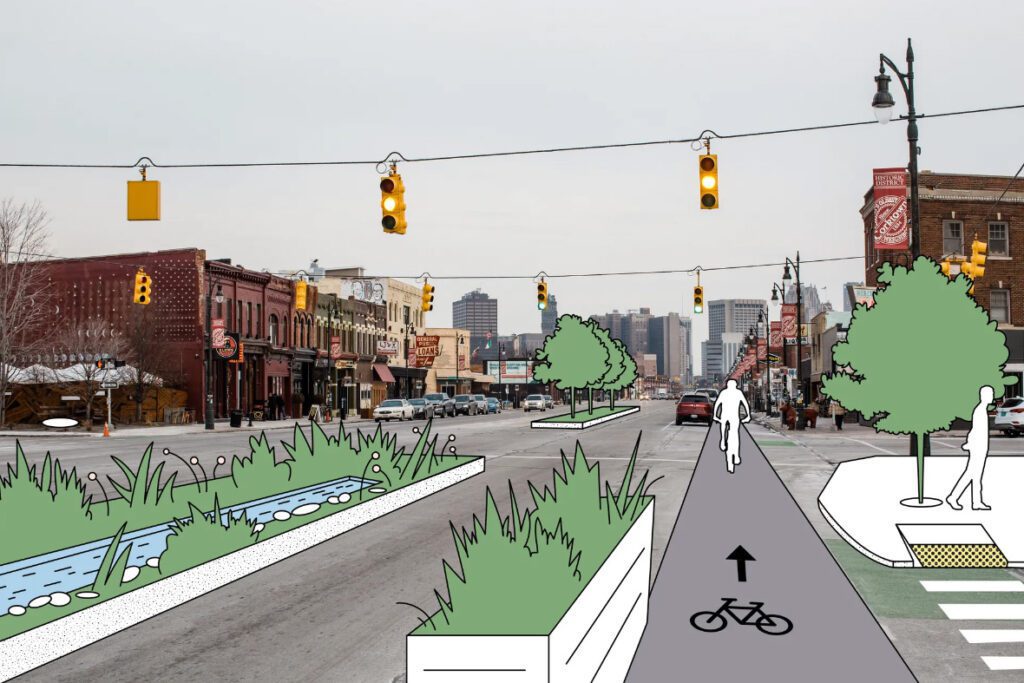
Conclusion
In the dynamic landscape of urban development, it’s often the subtle, incremental changes that ignite the most profound transformations within cities. While grand infrastructure projects capture headlines, it’s the minor adjustments—such as introducing bike lanes, enhancing public spaces, or implementing green initiatives—that truly reshape the daily lives of residents, bolster economic vitality, and foster sustainable growth. This article delves into compelling case studies from around the world, illustrating how these seemingly small urban interventions can create significant, lasting impacts. By embracing these nuanced strategies, cities can achieve remarkable improvements without the need for massive expenditures, proving that even the smallest steps can lead to monumental advancements in urban living.
References
- https://theprogressplaybook.com/2024/01/31/what-the-world-can-learn-from-copenhagens-cycling-revolution/
- https://www.portland.gov/transportation/planning/82nd-avenue/news/2024/9/6/building-better-82nd-september-6-2024
- https://www.wonderfulcopenhagen.com/wonderful-copenhagen/international-press/urban-farming-copenhagen
- https://archive.curbed.com/2017/9/6/16257078/street-redesign-urban-planning
- https://www.copenhagenize.eu/
- https://www.theguardian.com/travel/2022/jun/30/tour-de-france-2022-copenhagen-denmark-cycling-city-breaks-travel
- https://www.portland.gov/TRANSPORTATION
- http://www.citylabsusa.com/citylab-strategies.html
- https://www.nytimes.com/2023/03/16/world/cities-urban-development-lisbon-paris-sydney-singapore-durban-medellin.html

Mirna George
About the author
Mirna George is a senior Architecture Student at Faculty of engineering Ain Shams University . Worked on various projects during her academic past years such as hotel , community center , luxurious compounds and mixed-use building . Passionate in urban designs , modern developments and learning architecture aspects . Participated in many architectural competitions to develop her architecture skills . Also volunteered in many organizations and become one of their high board .
Related articles

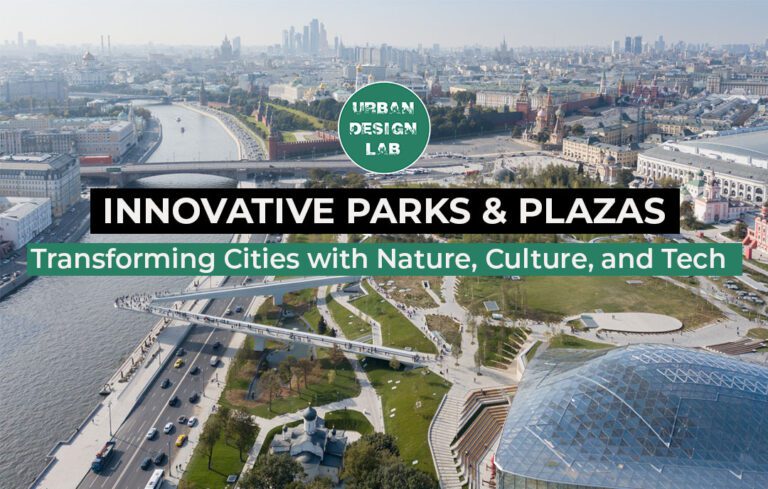
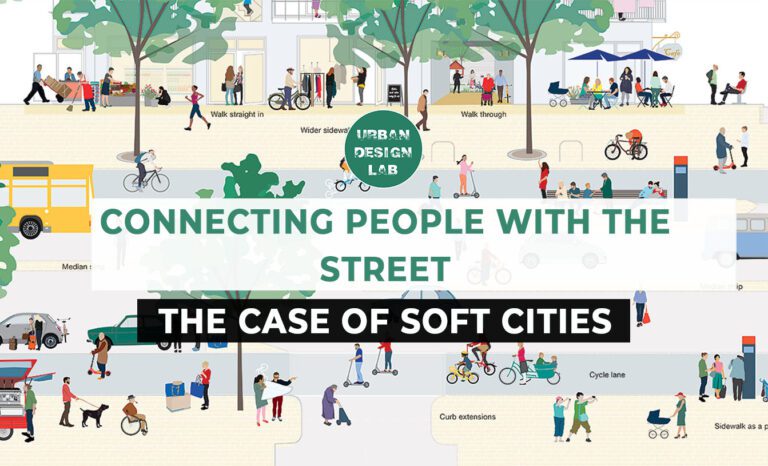
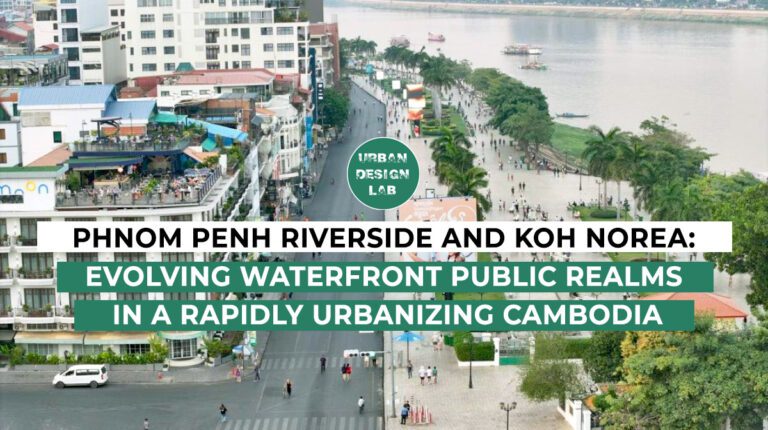
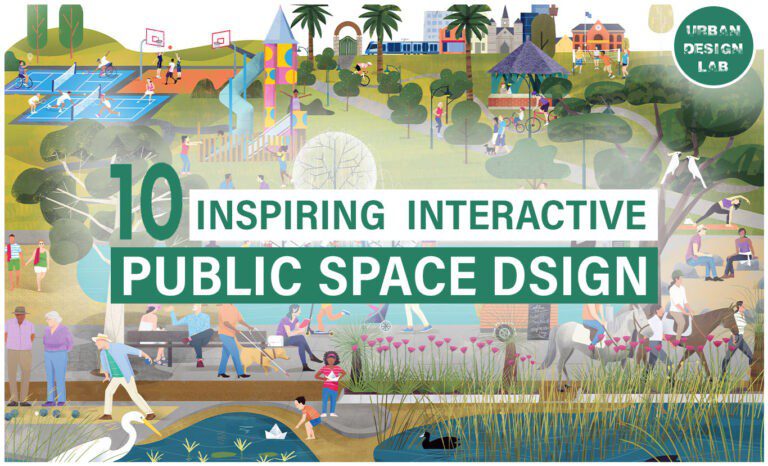
10 Inspiring Interactive Public Space Designs Worldwide

Top 10 global case studies in Urban Conservation Projects
UDL Illustrator
Masterclass
Visualising Urban and Architecture Diagrams
Session Dates
17th-18th January 2026

Urban Design Lab
Be the part of our Network
Stay updated on workshops, design tools, and calls for collaboration
Curating the best graduate thesis project globally!

Free E-Book
From thesis to Portfolio
A Guide to Convert Academic Work into a Professional Portfolio”
Recent Posts
- Article Posted:
- Article Posted:
- Article Posted:
- Article Posted:
- Article Posted:
- Article Posted:
- Article Posted:
- Article Posted:
- Article Posted:
- Article Posted:
- Article Posted:
Sign up for our Newsletter
“Let’s explore the new avenues of Urban environment together “


























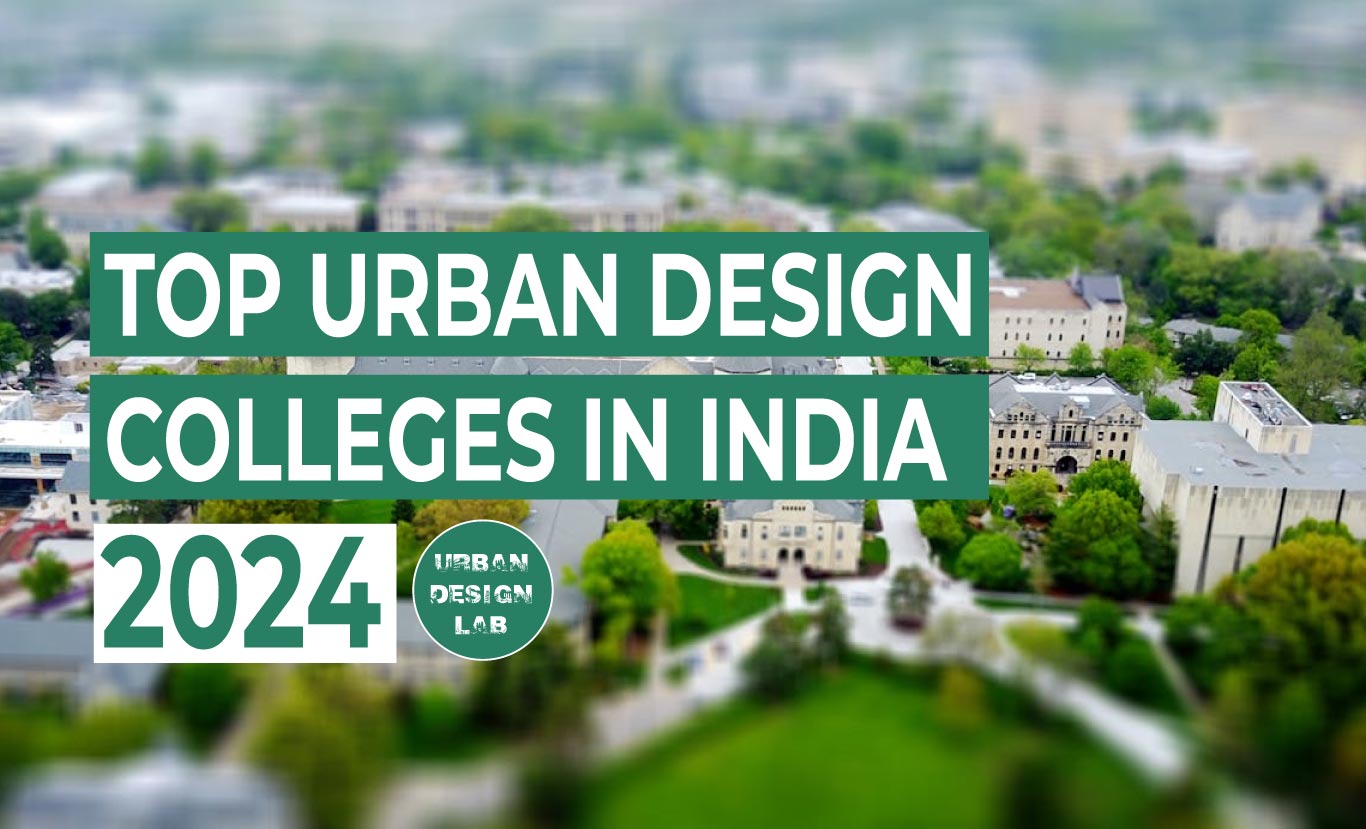
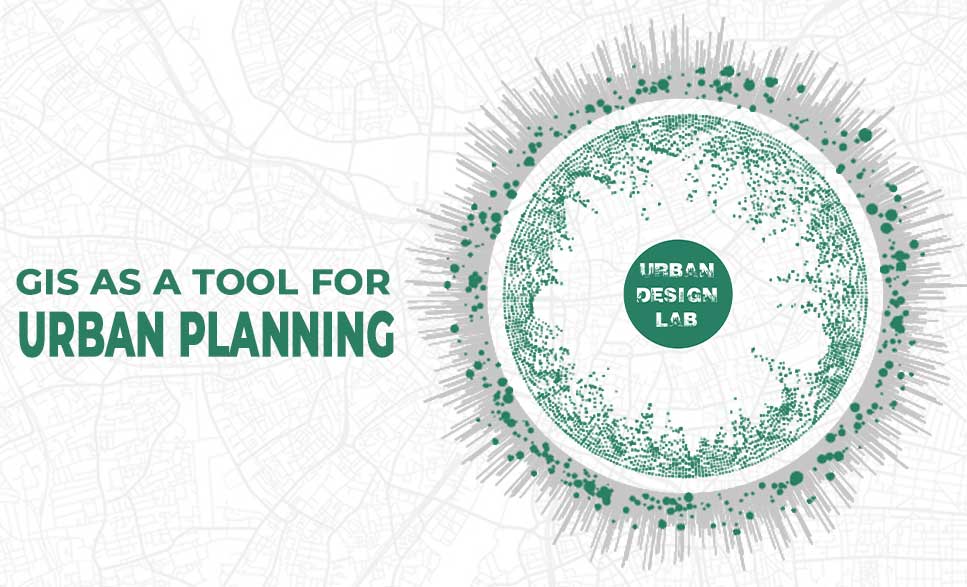

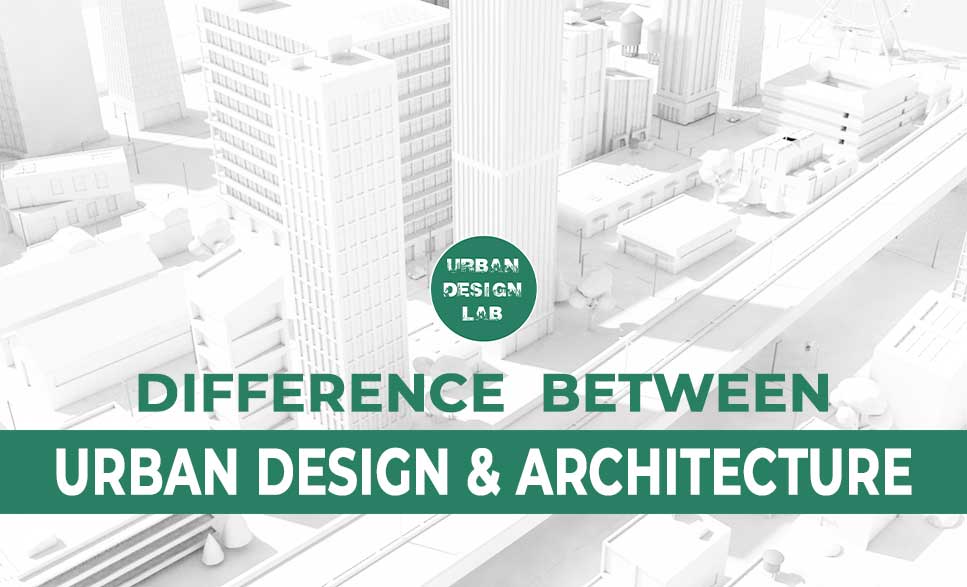

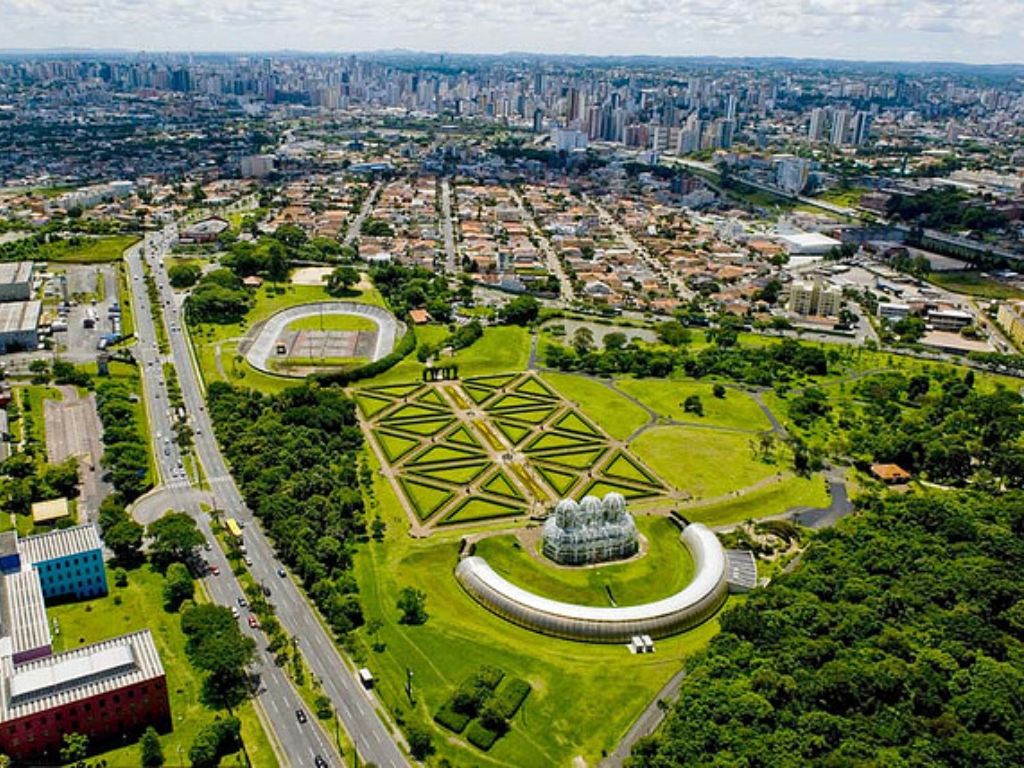


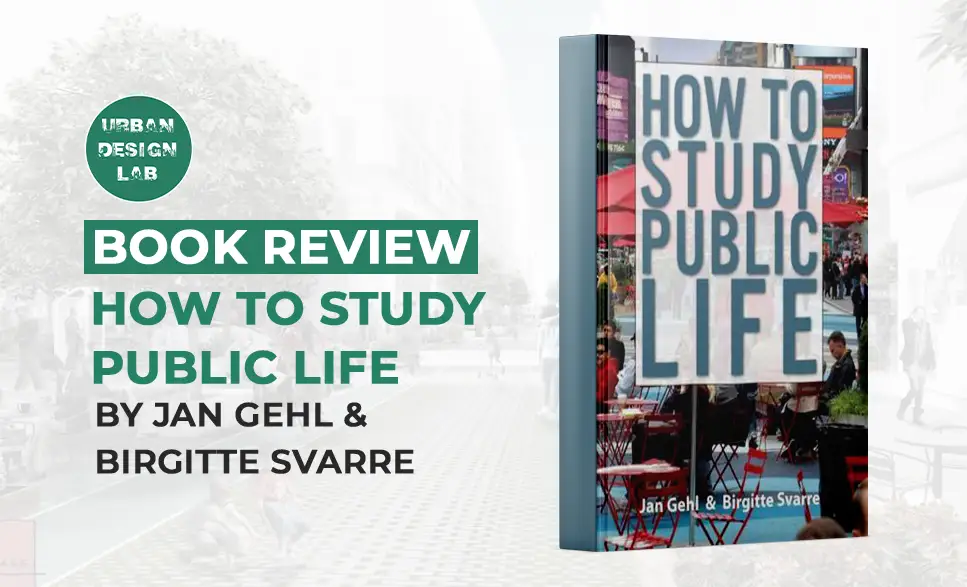
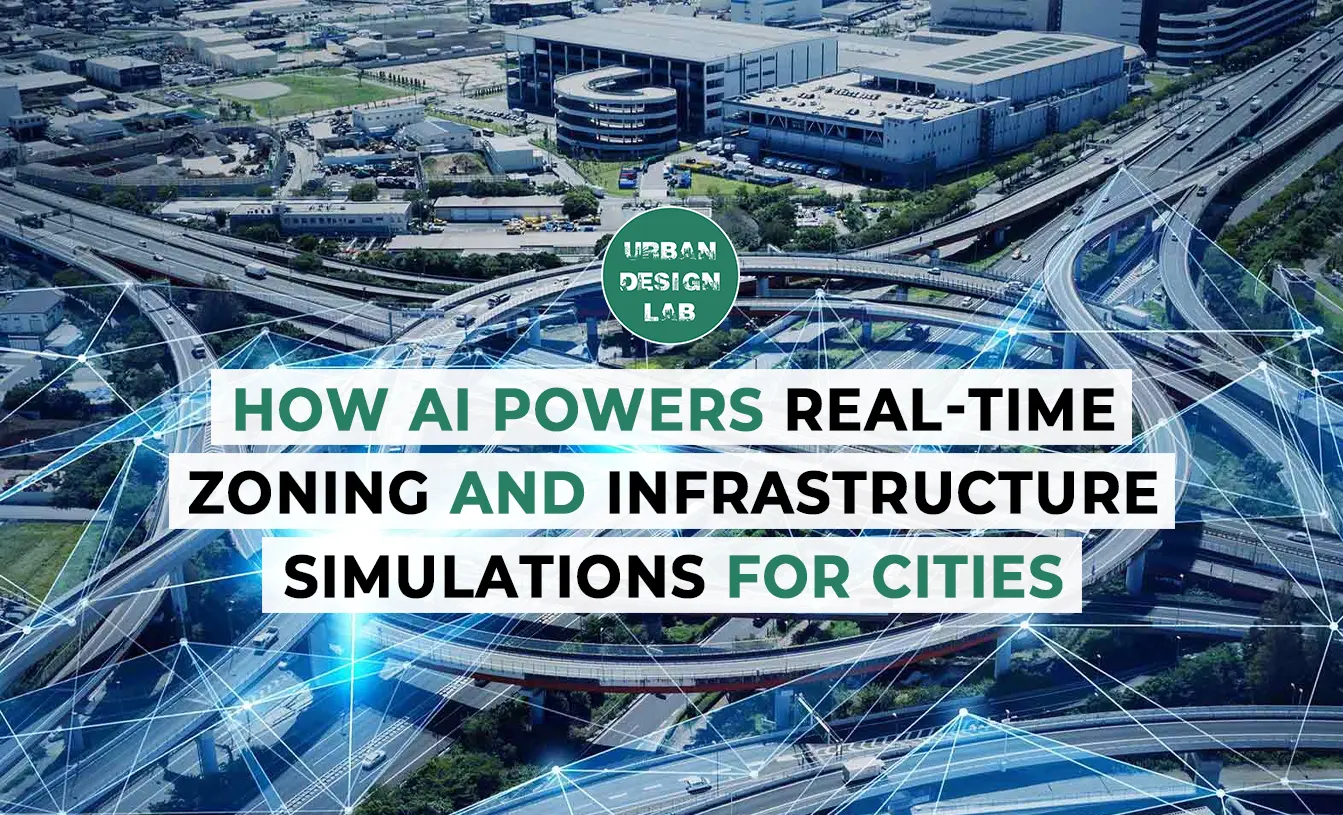

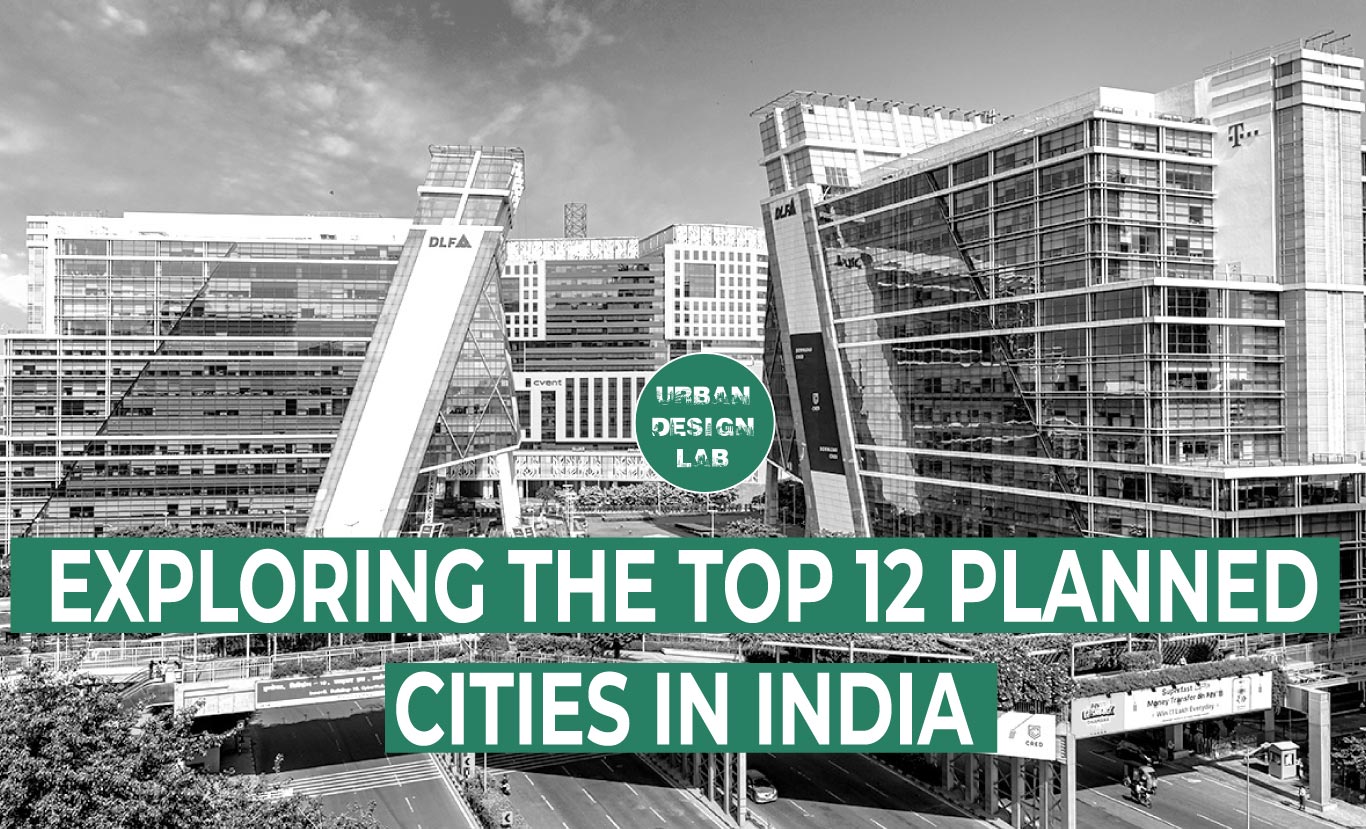
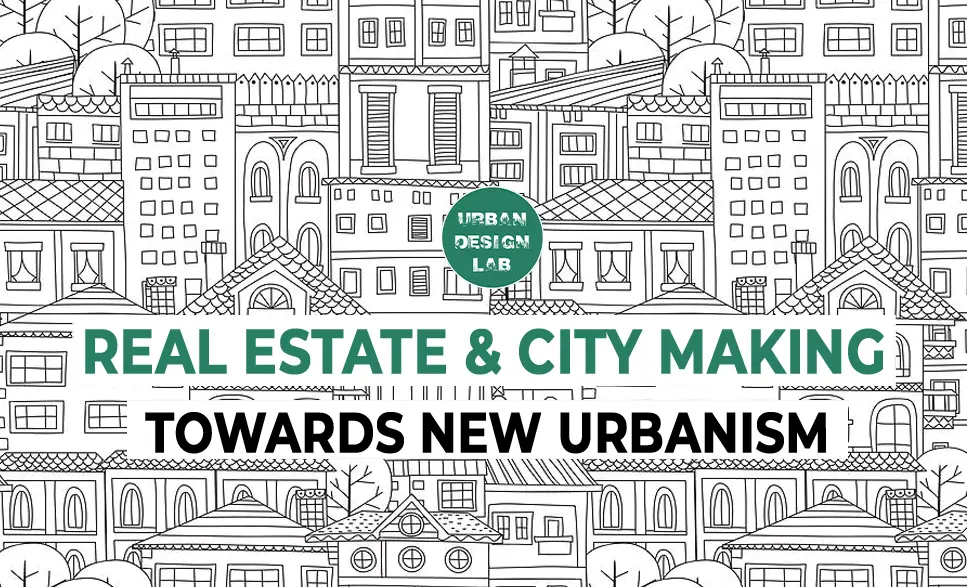
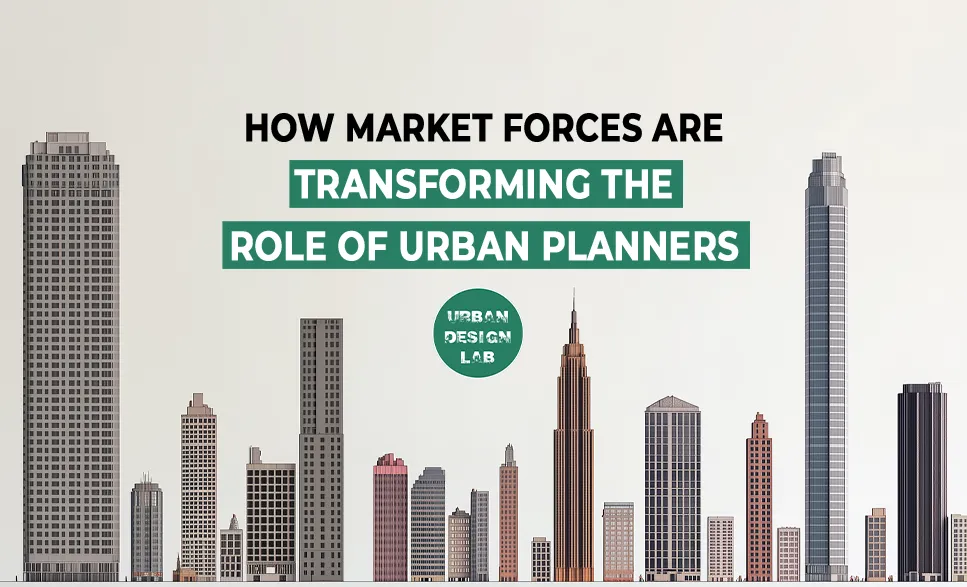
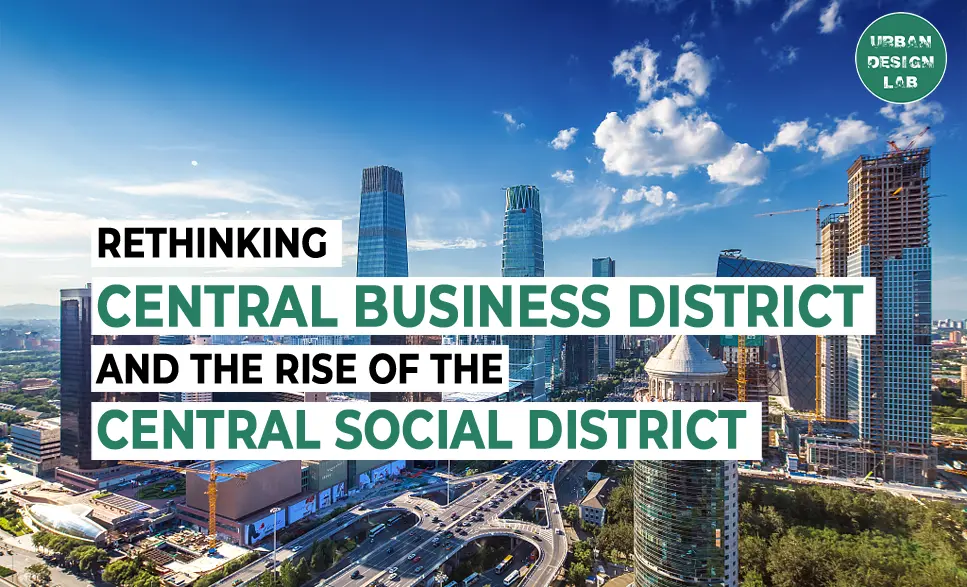
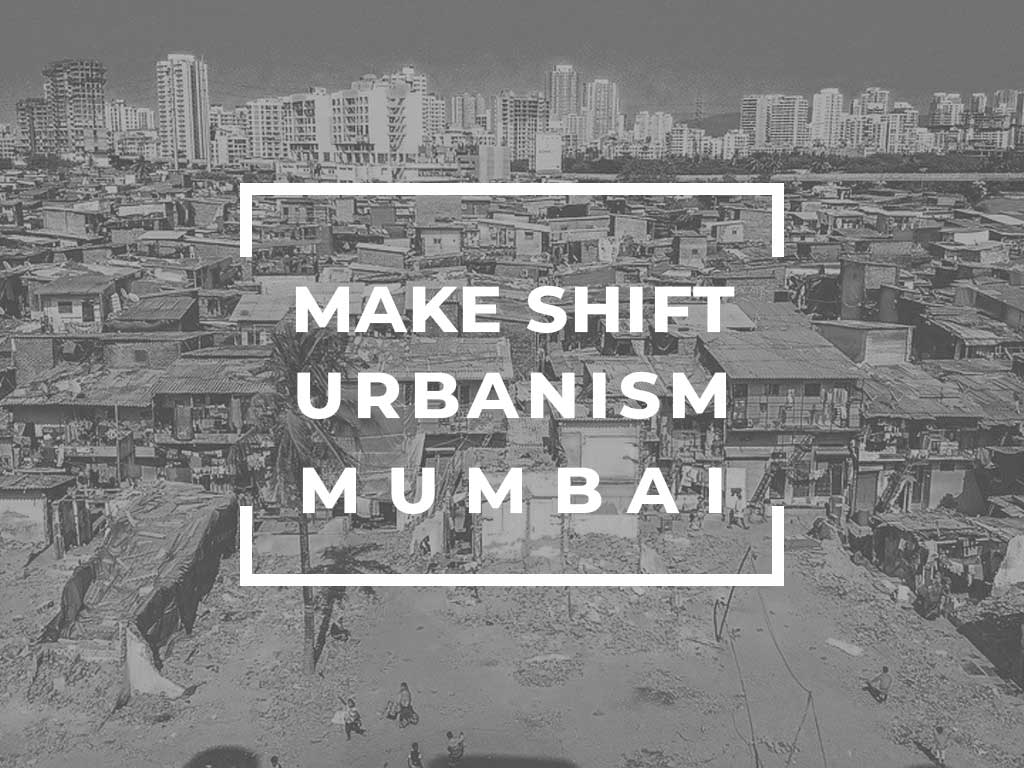


3 Comments
I agree that adapting a smart approach to making resources more accessible to individuals is essential. Even small adjustments can create a significant and positive difference.
Yes, there are several examples where small urban changes have led to big positive difference
I agree that adapting a smart approach to making resources more accessible to individuals is essential. Even subtle adjustments can create a significant and positive difference.